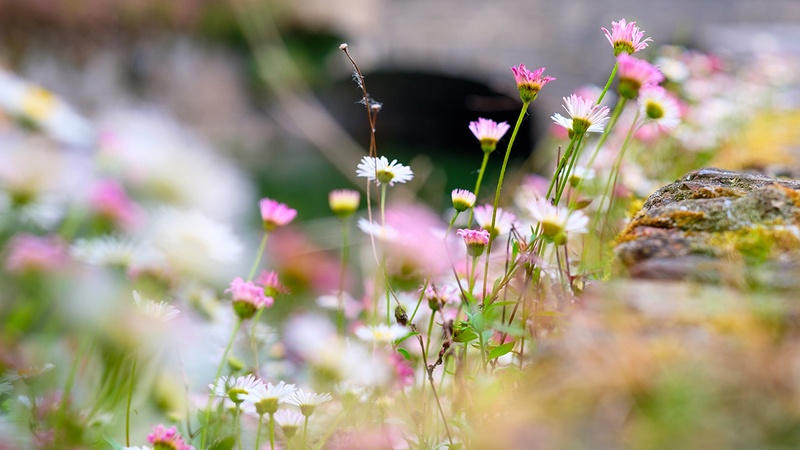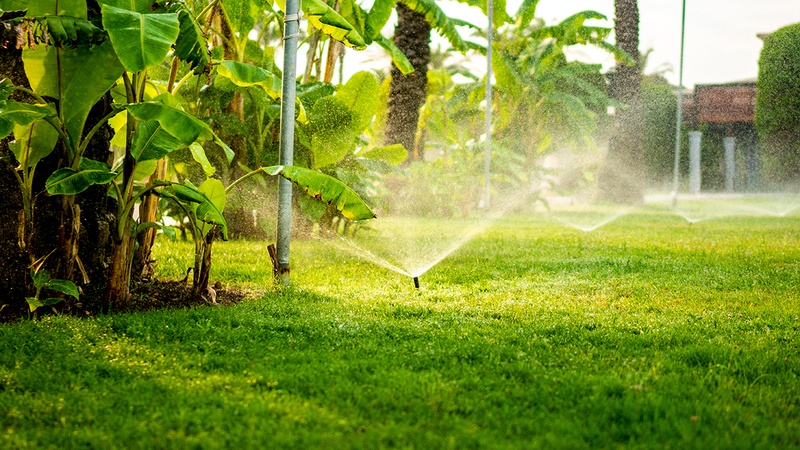To chinch bugs, your lawn is dinner.
You’ve done everything right. Watered your lawn regularly. Fed your lawn when you’re supposed to. Now and then, you discover you have what appears to be drought damage. If you have St. Augustine or zoysia grass, you definitely may be entertaining an entire troop of chinch bugs. These nasty, pesky little critters suck your grass blades dry. Then, to take a step further, they inject a poison that kills the grass. Chinch bugs can kill patches of your lawn or the entire thing - and get them under control in your yard is one thing, but what happens if your neighbor’s lawn has an infestation too?
The short answer? Prevention is key.
As with any lawn issue, whether pests, weed or disease, a healthy, strong lawn offers better resistance to withstand pressure from pests. Following a rigorous lawn care schedule helps ensure you’re taking every measure available to keep your lawn at its best - including:
- Mowing your grass to about 2 to 2 ½ inches in length
- Applying fertilizer with proper timing and in proper amounts, using caution to avoid over-fertilization
- Properly irrigating lawns in times of drought and avoiding improper watering or overwatering, which can weaken your lawn.
- Manage thatch - Thatch is a buildup of dead grass, living grass and various other organic matter that creates a perfect environment for chinch bugs to feed and live.
- If chinch bugs are consistently problematic year after year, preventative chinch bug pesticide should be applied in early spring befortoe eggs hatching. May is an optimal target month, but contact a professional for more accurate dates to apply preventative pesticides and keep a chinch bug free lawn all year long.




